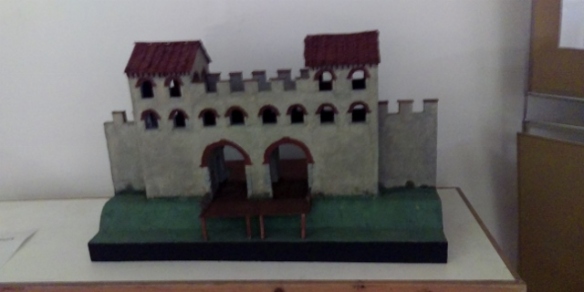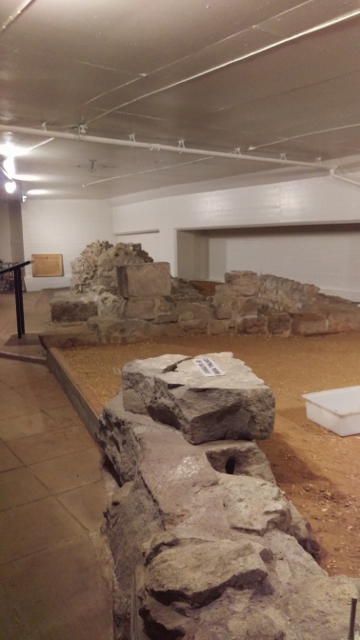I am a burger lover from way back. Not the global-fast-food-chain type of burger but full, messy fish-and-chip-shop burgers.
Long sun-kissed days on the beaches of my childhood and adolescence in Australia – Bribie Island and Caloundra just north of Brisbane; Mills, Seaford and Point Leo beaches in Victoria – were regularly rounded off with a visit to the fish and chip shop on the way home. For me, despite all of the feverish battering of frankfurters, fish fillets and potato cakes behind the counter, the hamburger always reigned supreme as the most satisfying of post-beach eating. Watching the staff flip and griddle in the searing heat before cramming that soft white bun chock full of scrumptious stuff – lettuce, cheese, tomato, fried onion, streaky bacon, a fried egg, beetroot and a beef patty – was a joy to behold.
(My mouth is watering even as I type this.)

Back then, my burger would come wrapped in a piece of something like thin baking paper and was then tucked and folded into a white paper bag. My portion of hot salty chips came separately wrapped in butcher’s paper and my fingers would have eagerly poked a chip-sized hole in the parcel before I’d even left the shop.
Anyway, back to the burger.
Preparing myself to take that first luscious bite, I’d lean forward and peel back the top of the bag. Holding the burger with both hands and squeezing it from the top and bottom – to ensure it fitted into my mouth – I’d take a huge bite to get the full medley of delicious flavours.
(Mouth is continuing to water.)
Wrapped snugly in its white paper bag, any renegade hamburger juice (I think you call this fat) would dribble back into the bag, leaving my hands relatively clean. And keeping a firm hold on the burger with one hand, with the other I’d pick out the smaller crunchier chips to munch on while shoving the longer, fatter chips into the burger.
Don’t knock it peeps, it’s an art form. And it’s bloody delicious.
Then burgers got a bit specialist with the advent of the American diner craze. Johnny Rockets was big for a while when I lived in Melbourne and other like-minded establishments flourished with their flashing jukeboxes and dancing waitstaff, their shakes and sodas and their baskets and bags – baskets for burgers and bags for chips.
So burgers became a dine-in experience but still with a hands-on approach

Currently Fat Bob’s in Melbourne, Australia serves their mouth-wateringly amazing burgers wrapped in foil (retains the heat – clever!) in baskets with the fries alongside. Yes, I travelled across the world for this and it was worth every jet-lagged minute.
Then burgers went gourmet. They came on plates, with knives and forks, and with buckets for the chips and special dipping sauces.

GBK (Gourmet Burger Kitchen) in the UK is one of my favourite places to eat over here. The burgers are really delicious: a wide range to choose from – which is fantastic now that I don’t eat red meat – and full of great ingredients. (Loads more than the usual offering of some shredded lettuce and a wisp of tomato sauce on a sad white bap that falls apart as soon as you look at it but that’s a rant for another time.)
But I find it impossible to pick the burger up. And in the unlikely event that I manage this, I can never manage to a) squash it enough to take a proper bite and b) avoid the ingredients spilling out.
So a knife and fork are a necessary evil here but happily, the burgers come on plates that are big enough for me to decimate my burger and to tip my chips out of their bucket to join the general melee.
But things go awry when burgers come on boards.
Six months ago, my favourite local restaurant starting serving their burgers on long narrow boards with the burger on one end and a metal bucket with chips in it on the other. Even if I take the chip bucket off, there is not enough room to cut into my burger – which is definitely a knife-and-fork job – and tip a decent amount of chips onto the board. And let’s not forget the ‘thoughtful’ paper – that which lines the chip bucket (why?) and that which lies beneath the burger. After much knife-and-fork wielding, the latter is at best, in the way or at worst, in shreds.
And they are not alone…I found loads of pictures on the internet like the one below.

I mean, what is the point of this? A board is not a nice thing to eat from – no matter what Jamie Oliver and the like profess. And what’s with that stupid salad garnish stack – it’s taking up valuable room and unlike the mug (again, why?) of chips and the condiments pots, it cannot be shifted onto the table.
Interestingly, when I mentioned my frustration to the owner at my local restaurant (I know them well) and requested a plate, he was completely surprised. They had decided to change it, he told me, because they thought it would look nicer for customers. More a case of overthinking the style and completely screwing up the customer experience of eating it methinks!
I wonder when the last time they ate their burger and fries on the board – rather than a plate – was. I suspect they haven’t – or maybe other customers are not as incensed / vocal about this – because when I popped in last weekend, my roasted vegetable and goats cheese burger came out…on a board.
So much for the voice of the [lone] customer. I’m tempted to persist because it does really irritate me. But can I be bothered? Perhaps I need to let it go, to chalk this up to a small and insignificant battle that’s not worth getting het up about.
Hmmmm…
In the meantime, would someone please get me a plate?





















